When it comes to petting a fish, it’s important to acknowledge that fish have unique characteristics and needs compared to traditional pets like cats or dogs. While fish may not respond to touch in the same way that mammals do, there are still ways to interact with them in a manner that is both safe and enjoyable for the fish.
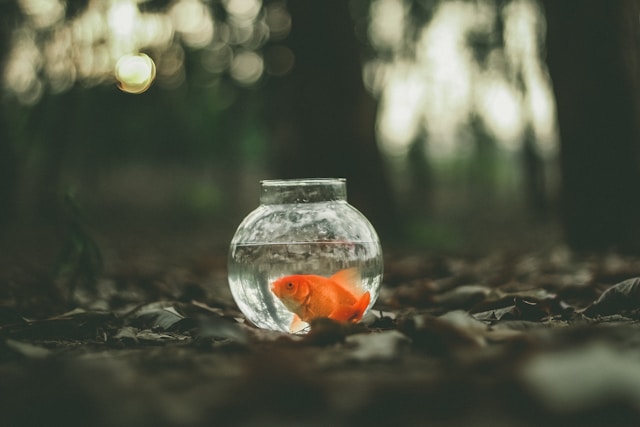 Pin
Pin Image by Ahmed Zayan from Unsplash
Table of Contents
Understanding Fish Behavior
When it comes to petting a fish, it’s important to acknowledge that fish have unique characteristics and needs compared to traditional pets like cats or dogs. While fish may not respond to touch in the same way that mammals do, there are still ways to interact with them in a manner that is both safe and enjoyable for the fish.
Approaching a fish tank with calmness and gentleness is key to ensuring the well-being of your aquatic friends. Observing fish in their environment without disturbing them can be a peaceful experience for both you and the fish. Some fish may even come to recognize you as their caregiver over time.
Instead of petting fish like you would a dog or a cat, you can create a bond with your fish through other means. For example, you can mimic their natural behavior by providing them with a comfortable and stimulating environment. This can include adding hiding spots, plants, or decorations to the tank that make the fish feel secure and engaged.
Feeding time can also be a great way to bond with your fish. By hand-feeding them or observing their excitement as they eat, you can create a positive association between you and the fish. Just be sure to feed them an appropriate diet and not overfeed them, as this can be harmful to their health.
How to Make Your Pet Fish Happy?
Keeping fish happy might seem simple, but it requires attention to detail and a deep understanding of their specific needs. Let’s dive into the key factors for a thriving aquatic environment.
Understand Your Fish’s Needs
Every fish species has unique requirements. Research your fish’s natural habitat to replicate it as closely as possible. Consider factors like:
- Water type: Freshwater or saltwater.
- Temperature: Ideal temperature range.
- pH level: Optimal acidity or alkalinity.
- Diet: Preferred food and feeding schedule.
- Tank size: Minimum recommended space for your fish to thrive.
- Social behavior: Do they prefer solitude or a community tank?
Create a Suitable Aquarium Environment
- Tank size: Ensure it’s large enough for your fish to swim freely. Overcrowding can lead to stress and disease.
- Water quality: Maintain clean water through regular water changes, using a good filter, and monitoring water parameters (temperature, pH, ammonia, nitrite, nitrate).
- Filtration: A reliable filter is essential for removing impurities and maintaining water quality.
- Oxygenation: Adequate oxygen levels are crucial. Use an air pump or surface agitation to increase oxygenation.
- Lighting: Provide appropriate lighting based on your fish’s needs. Some fish prefer dim light, while others require brighter conditions.
- Substrate: Choose a suitable substrate that complements your fish’s habitat and provides a natural look.
- Decorations: Include hiding spots, plants, and decorations to mimic the natural environment and reduce stress.
Provide a Balanced Diet
- Variety: Offer a diverse diet to meet your fish’s nutritional needs.
- Portion control: Avoid overfeeding, as excess food can pollute the water.
- Feeding schedule: Establish a regular feeding routine.
Maintain a Stress-Free Environment
- Avoid sudden changes: Gradual changes in water parameters and environment help prevent stress.
- Minimize disturbances: Avoid loud noises or vibrations near the tank.
- Tank mates: Carefully select compatible tank mates to prevent aggression.
Regular Maintenance
- Water changes: Perform partial water changes regularly to remove waste and maintain water quality.
- Tank cleaning: Clean the tank walls and decorations to prevent algae buildup.
- Filter maintenance: Regularly clean or replace filter media to ensure optimal performance.
Observe Your Fish
- Behavior: Pay attention to your fish’s behavior. Changes in appetite, activity levels, or appearance can indicate health issues.
- Early detection: Address any problems promptly to prevent them from worsening.
Enrichment
- Variety: Introduce new decorations or plants occasionally to stimulate your fish’s environment.
- Mental stimulation: Some fish species benefit from puzzles or challenges.
By following these guidelines and providing a loving home, you can create a happy and healthy environment for your pet fish. Patience and observation are key to understanding and caring for your aquatic companions.
Fish species that are ideal for novice aquatic enthusiasts
1. Betta Fish (Betta splendens)
Betta fish, also known as Siamese fighting fish, are popular for their striking colors and long, flowing fins. They are relatively hardy and can tolerate a wide range of water parameters. Betta fish do best in individual tanks due to their territorial nature.
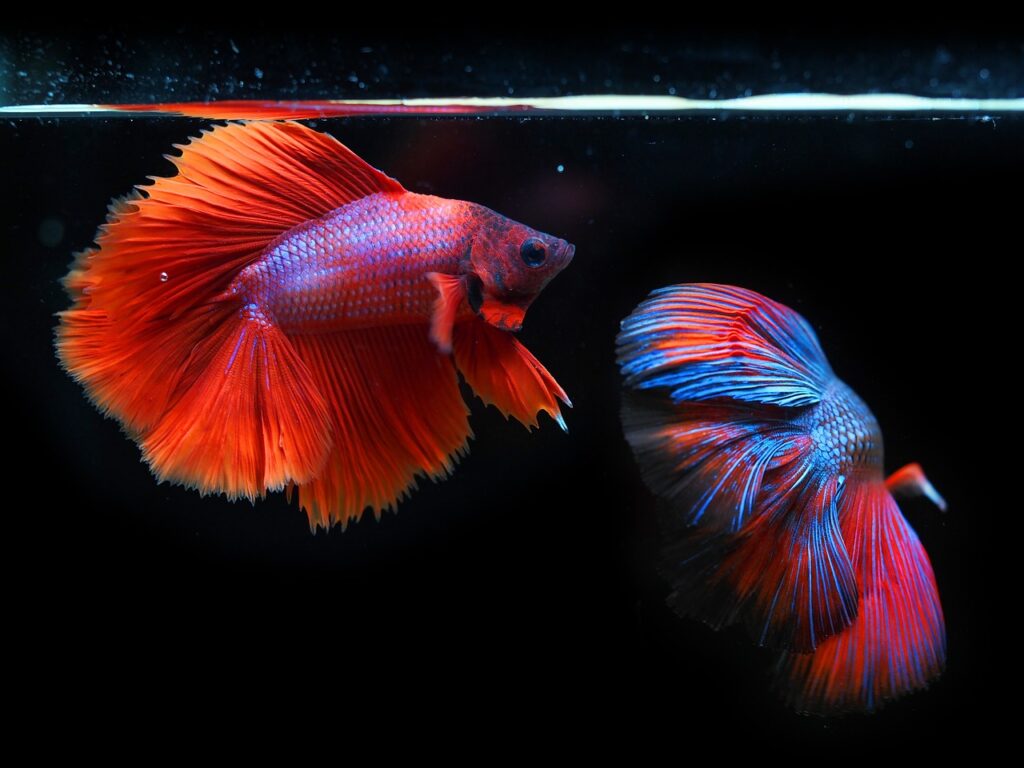 Pin
Pin Image by Natthapat Aphichayananthanakul from Pixabay
2. Guppy (Poecilia reticulata)
Guppies are colorful and active fish that are perfect for beginners. They are easy to care for, peaceful, and can thrive in community tanks. Guppies come in a variety of colors and patterns and are known for their breeding capabilities.
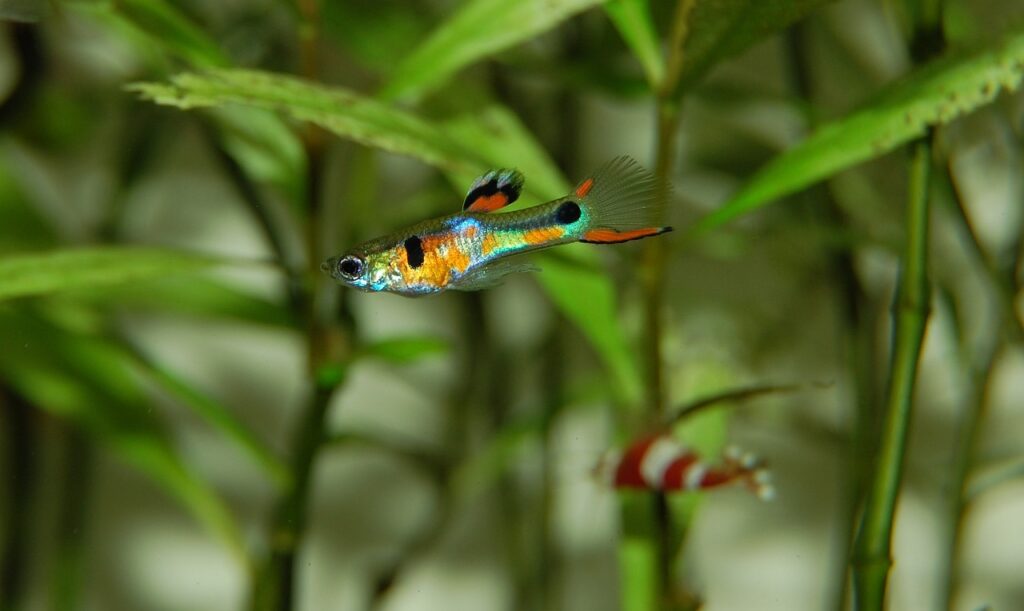 Pin
Pin Image by basuka from Pixabay
3. Platy (Xiphophorus maculatus):
Platies are small, peaceful fish that are easy to care for and come in a range of colors. They are suitable for community tanks and can adapt to various water conditions. Platies are also known to be good tank cleaners since they feed on algae.
 Pin
Pin Image by aquariumcoop
4. Danio (Danio rerio):
Zebrafish or danios are energetic and hardy fish that can tolerate a wide range of water parameters. They are excellent beginner fish due to their active nature and ease of care. Danios are schooling fish, so they should be kept in groups of five or more.
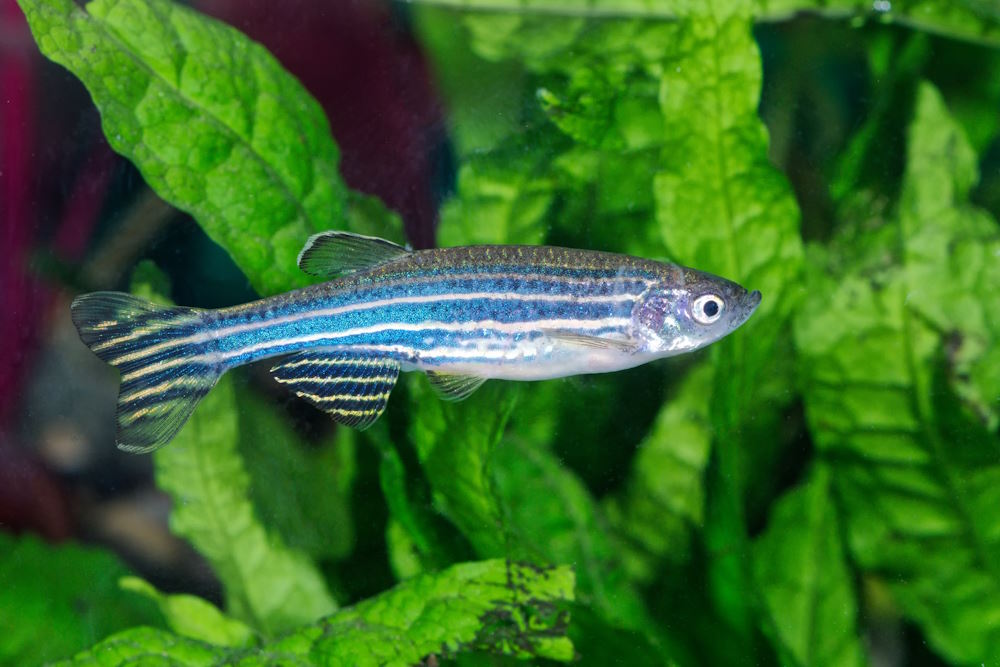 Pin
Pin Image by aquariumcoop
5. Corydoras Catfish (Corydoras spp.):
Corydoras catfish are bottom-dwelling fish known for their peaceful nature and scavenging behavior. They help keep the tank clean by feeding on leftover food and debris. Corydoras catfish are social and should be kept in groups.
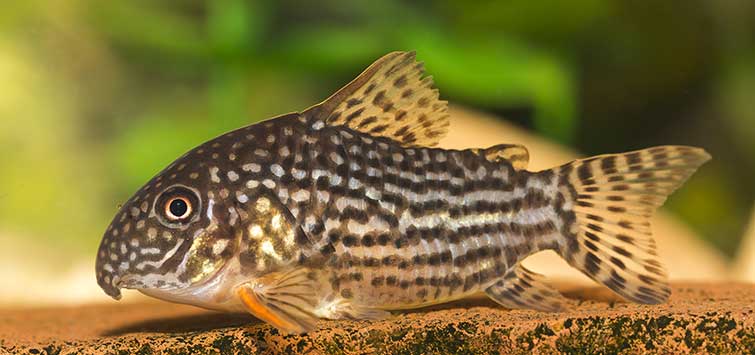 Pin
Pin Image by tfhmagazine
6. Molly (Poecilia sphenops):
Mollies are another great choice for beginners due to their hardiness and adaptability. They come in various colors and patterns and are known to be prolific breeders. Mollies do well in community tanks with live plants.
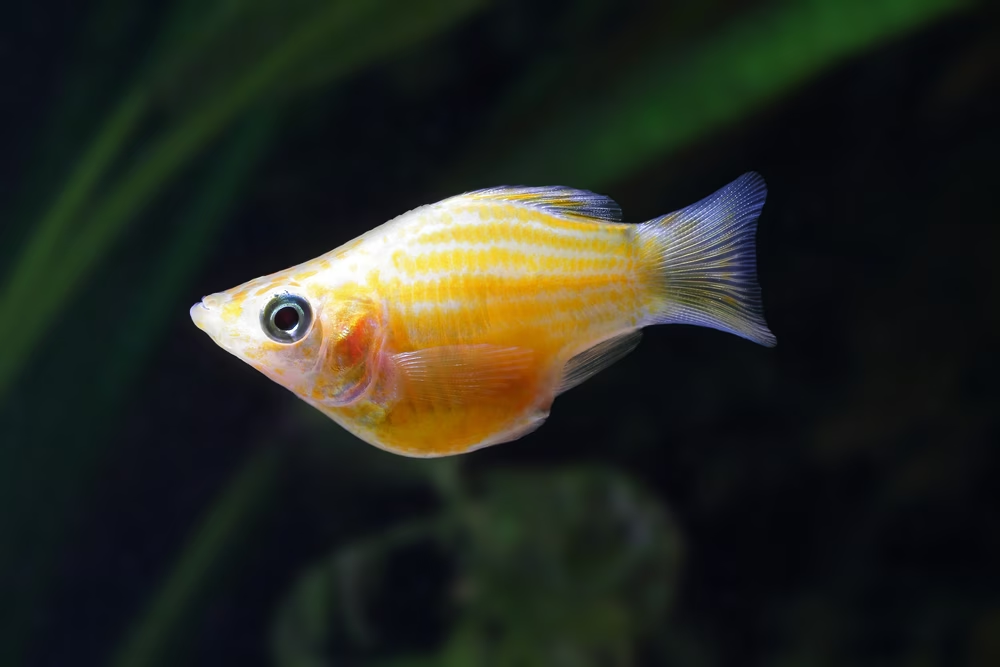 Pin
Pin Image by be.chewy
These fish species are well-suited for beginners as they are relatively easy to care for and can adapt to different tank conditions. Remember to research each species’ specific requirements and compatibility before setting up your aquarium.
Interacting with your fish should be a rewarding experience for both you and your aquatic companions. By understanding their needs and providing a stimulating environment, you can foster a deep appreciation for these fascinating creatures. Remember, observation and care are the keys to a harmonious relationship with your fish.
FAQs - How to Pet a Fish: A Guide for Aquatic Enthusiasts
Fish have specialized scales that protect them, so it’s not recommended to pet them as it can damage their delicate skin. Instead, focus on providing a healthy environment and proper care for your fish to ensure their well-being.
You can bond with your fish by spending time near the aquarium, observing their behavior, and engaging them through interactive feeding sessions. Providing a stimulating environment with plants and decorations can also help create a bond with your aquatic pets.
Fish are sensitive to sudden movements and loud noises, so it’s best to interact with them calmly and minimally. Observing them during feeding times and routine tank maintenance is sufficient for most fish species.
While fish may not recognize their owners in the same way as dogs or cats, they can learn to associate their owners with food and positive interactions. Consistent care and attention can help establish a bond between fish and their owners over time.
Adding plants, caves, and decorations to the aquarium can provide hiding spots and stimulation for your fish. Rotating their toys, varying their diet, and creating currents in the water can also help keep them active and engaged.
Regular water changes, monitoring water quality parameters, providing a balanced diet, and maintaining a suitable environment are key factors in ensuring the health and well-being of your fish. Consulting with a veterinarian or knowledgeable aquarist for guidance can also be beneficial.































